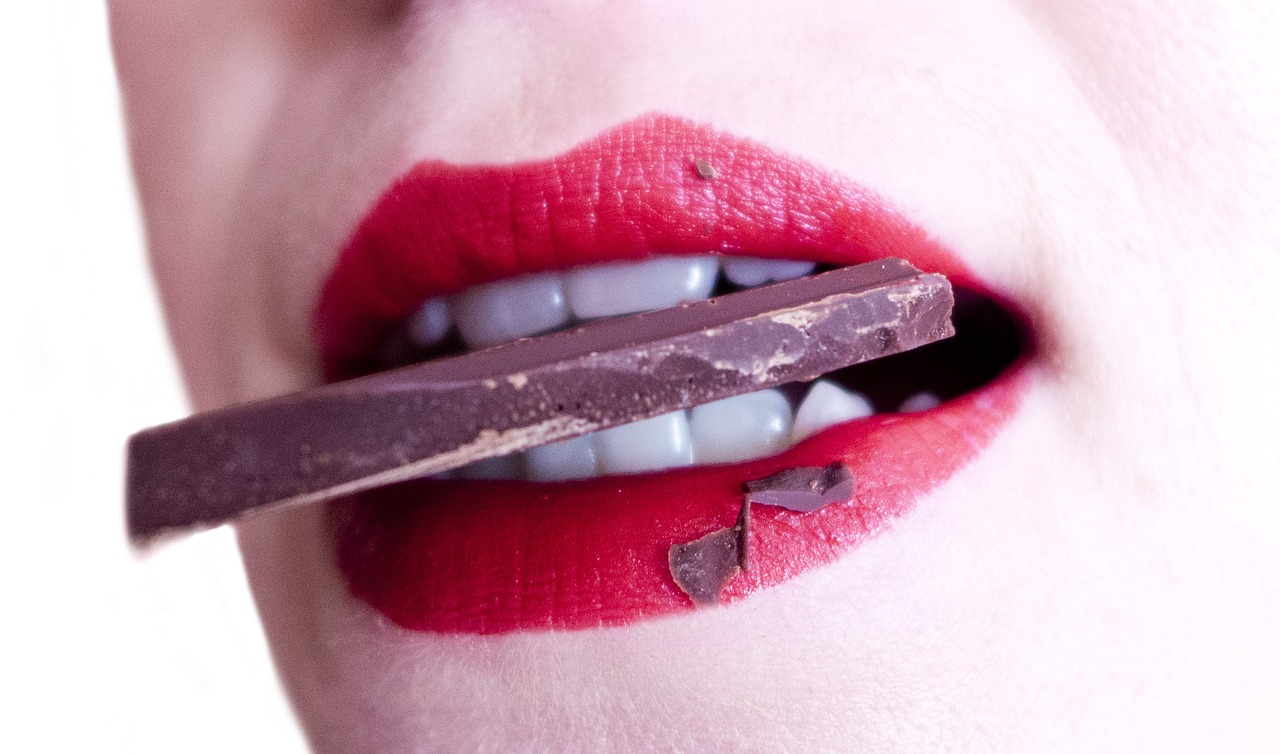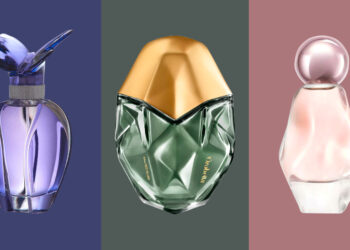A radiant smile – the power of white teeth
There are a number of beauty ideals in our society that are often subject to trends. One longed-for feature is more persistent than many others: While the demands on clothing, hairstyle, figure and make-up are subject to constant change, the universal appeal of a bright, white smile remains constant.
What is this deeply rooted wishful thinking all about? This article examines where the positive perception of bright, straight teeth comes from and gives tips on how to achieve the ideal.
The desire for beautiful teeth: A historical review
Anyone who believes that flawless teeth are a modern ideal of beauty is wrong. Even ancient cultures used methods to whiten their teeth:
- Whether it was the ancient Egyptians or the Roman Empire – they strived for a radiant smile, as it was seen as a sign of wealth and status. Researchers have discovered evidence of practices such as gargling with urine (due to the bleaching ammonia) or toothpastes made from crushed papyrus, salt and pepper.
- Only in the Middle Ages did the demand for desirable teeth take a short turn. As only rich people could afford luxury foods such as sugar, slightly discolored teeth were a sign of prosperity in this era. With the Renaissance, however, society returned to a higher standard of hygiene and thus also to flawless teeth.
- With the development of modern dentistry in the 20th century. In the 20th century, techniques and products were developed specifically aimed at whitening teeth safely and effectively. The flawless, white smile became the global ideal of beauty, reinforced by movie stars and the media.
These methods have changed again in recent years due to the growing awareness of health-friendly practices. Today, experts recommend professional teeth cleaning and bleaching, for example by specialized practices such as ALPINE WHITE Studio Stadelhofen, instead of bleaching teeth at home. This gives you an effective result without the risk of damaging your own teeth.
Social perception: The white smile today
Today, a white smile is more than just a beauty feature; it contributes to the overall perception of a person and influences how they are seen in social, professional and private contexts.
- First impressions count
Studies show that people with white teeth are often perceived as more self-confident, more successful and healthier. This can be particularly useful in professional situations such as job interviews.
- Social interactions
People who smile openly and show white teeth are often seen as friendlier and more approachable. This can help to forge social bonds and strengthen existing relationships.
- Media and celebrities
The white smile is often glorified in the media. Celebrities who shine on the world’s red carpets set standards in terms of beauty and aesthetics. This influences the general perception and puts the desire for a radiant smile in the foreground for many.
- As in past cultures, the external features of rich people are desirable. As they can now invest a lot of money in the aesthetics of their teeth, they tend to have flawless, white teeth. The rest of society imitates them in order to be viewed similarly.
Ultimately, current social perception shows that the white smile is more than just an aesthetic ideal. It influences how we are seen by others and how we see ourselves.
Psychological aspects
The appearance of our teeth has not only external but also profound internal effects. From a psychological point of view, a radiant smile can boost self-esteem and contribute to an overall improved sense of well-being:
- Self-image and self-esteem
How we perceive ourselves significantly shapes our self-confidence. People who are happy with their smile tend to feel more comfortable and open in social situations. In contrast, discoloration or irregularities in the teeth can lead to insecurity and avoidance of eye contact.
- Social affirmation
The positive feedback someone receives with a beaming smile can further boost their self-esteem. A compliment of a beautiful smile can brighten your day and make you feel seen and appreciated.
- Dating and romance
White teeth can be subconsciously seen as an indicator of good health and genetics, thus increasing attractiveness. Many people say that a beautiful smile is one of the first things they notice about a potential partner.
- Physical health and mental well-being
There is a bidirectional relationship between mental and physical health. Taking care of your teeth and having a bright smile can boost your overall sense of physical health. Conversely, a healthy self-esteem can motivate you to take better care of your own body and therefore also your teeth.
- Future prospects and quality of life
A healthy self-image, which is supported by a radiant smile, can improve the overall quality of life. People who see themselves in a positive light are more likely to set themselves goals, strive for them and enjoy life to the full.
If you are not afraid to smile because of your flawless teeth and are perceived more positively by others, this triggers a cascade of positive effects. They can manifest themselves in many areas of life and improve the general attitude towards life.
- Important: A smile with non-mache teeth can also have positive effects. For many people, however, it is difficult to distance themselves from the ideal of beauty and accept their teeth as they are. There are some non-invasive tools that can help you get closer to the ideal.
Tips for beautiful teeth
Thanks to this powerful effect, it is not surprising that many people today strive for this ideal image of beautiful teeth. The following tips will help you achieve this goal:
- Dental care
Healthy teeth are beautiful teeth. It is therefore important to follow the advice of dentists, which is adapted to individual circumstances. This includes, for example, brushing your teeth regularly with fluoride toothpastes, using dental floss, mouthwashes and regular visits to the dentist.
- Nutrition
Coffee, tea, red wine and tobacco can cause tooth discoloration. If you want to have bright teeth, you should limit your consumption or brush your teeth after eating.
A calcium-rich diet strengthens tooth enamel. These include, for example:
[Infografik]
However, sodas, citrus fruits and other acidic foods can erode tooth enamel. After eating such foods, you should wait about 30 minutes before brushing your teeth.
- Tooth guard
A mouthguard should be worn during contact sports to prevent injuries and broken teeth. If you have lip or tongue piercings, you should also make sure that they do not come into frequent contact with your teeth.
- Teeth whitening
If you want to whiten your teeth, you should use professional whitening methods by dental hygienists instead of relying on unsafe DIY methods. They can damage the teeth and lead to new discoloration more quickly.
- Orthodontic treatment
If the teeth are misaligned, orthodontic treatment can be considered to achieve a straight smile. Modern braces are more often placed behind the teeth and therefore disturb the aesthetics of the smile less.
Achieving a flawless smile takes commitment, but the benefits to self-confidence and overall health are often worth it.
Conclusion
The white smile has played a significant role in history right up to today’s society. It is not only an enduring ideal of beauty that has been aspired to by various cultures since antiquity, but also influences the perception of a person in different contexts.
A bright smile is often associated with self-confidence, success and health, and studies show that it can have a positive impact on self-esteem and general well-being. Maintaining such a smile requires a combination of regular dental care, conscious eating habits and professional whitening measures.
Picture: Pixabay









